On this page, you will find a comprehensive paleontology vocabulary list. Explore links to games, flashcards, and other resources to help you master the terminology associated with this fascinating subject. Get ready to dive into the world of paleontology and expand your knowledge with these helpful tools.
Paleontology is the scientific study of ancient life forms, including their evolution, interactions, and environments. Paleontologists use a variety of tools and techniques to uncover evidence of past life, such as fossils, footprints, and trace fossils. By analyzing these remnants, researchers can piece together the history of life on Earth and gain insights into how species have adapted and changed over time. This field of study plays a crucial role in understanding the world around us and the processes that have shaped it throughout history.
Practice & Reinforce Your Learning
Paleontology Vocabulary List
Vertebrate Paleontology
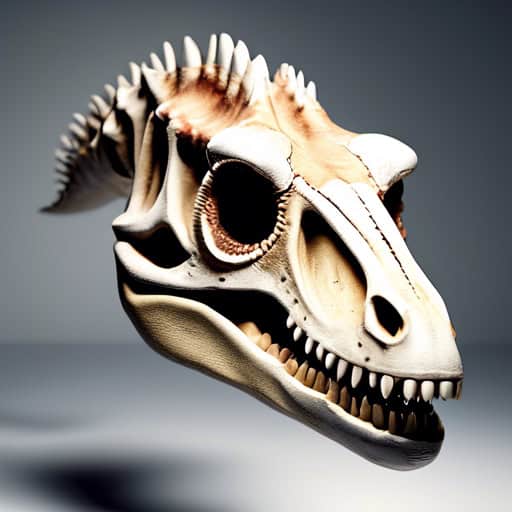
- The paleontologist carefully excavated the fossilized bones of a dinosaur from the dig site.
- As a renowned paleontologist, she has published numerous papers on ancient vertebrates.
- The paleontologist's latest discovery sheds new light on the evolutionary history of a prehistoric mammal.

- The fossil record of vertebrates provides valuable insight into the evolution of life on Earth.
- Vertebrates are characterized by a spinal column that protects the spinal cord.
- Many vertebrates have a well-developed brain, nervous system, and sensory organs.

- The study of evolution in vertebrate paleontology helps us understand how different species have evolved and adapted to their environments.
- Fossil evidence provides valuable insights into the evolutionary history of vertebrates and the processes that have shaped their diversity.
- The theory of evolution has revolutionized our understanding of the origins and development of life on Earth.
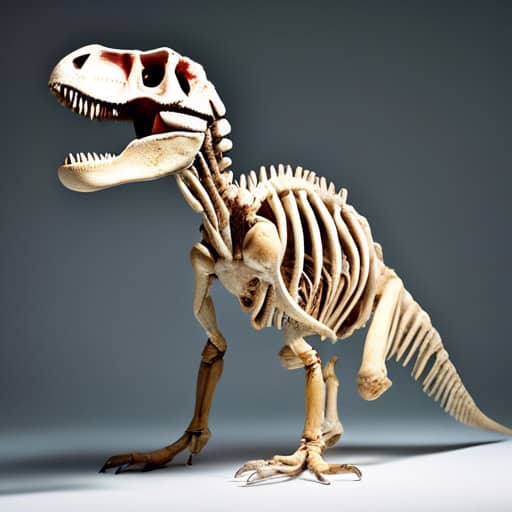
- The mass extinction event wiped out numerous species millions of years ago.
- The dwindling population of the endangered species is leading them closer to extinction.
- Scientists are working tirelessly to prevent the extinction of certain vulnerable species.
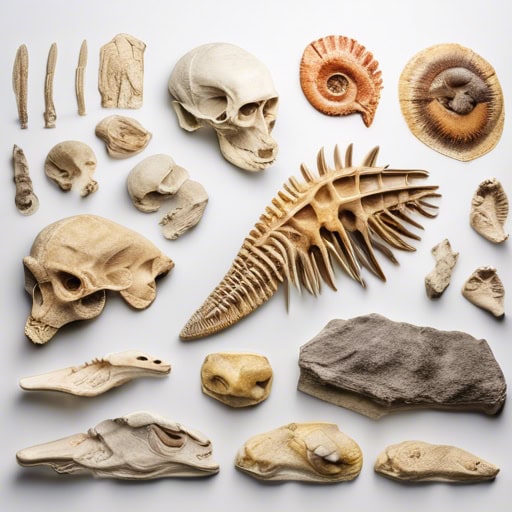
- Paleoecology is a crucial aspect of Vertebrate Paleontology as it helps researchers reconstruct ancient ecosystems and understand the behaviors of extinct animals.
- Studying paleoecology can provide valuable insights into the environmental factors that influenced the evolution and extinction of vertebrate species.
- By analyzing the fossil record and using paleoecological methods, scientists can piece together the intricate relationships between organisms and their habitats in the distant past.
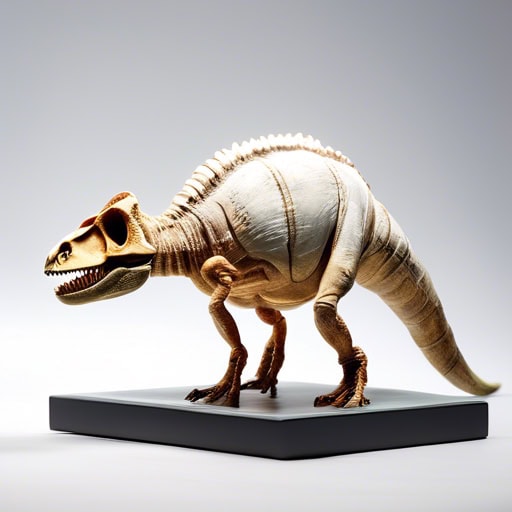
- Paleobiology is a fascinating field that helps us understand how ancient organisms lived and interacted with their environment.
- Researchers in paleobiology use fossil evidence to reconstruct past ecosystems and study the evolution of life on Earth.
- New technologies and methods in paleobiology continue to shed light on the history of life on our planet.
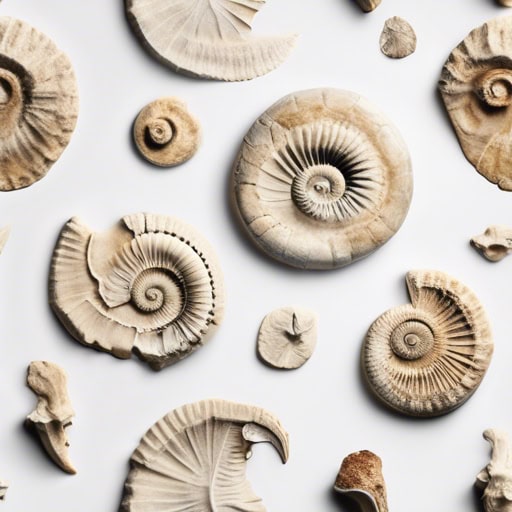
- Fossils found in Vertebrate Paleontology can include bones, teeth, footprints, or even imprints of soft tissues.
- Studying fossils helps scientists understand the diversity and adaptations of ancient vertebrates.
- The discovery of a well-preserved fossil can greatly contribute to our knowledge of prehistoric life.
Invertebrate Paleontology
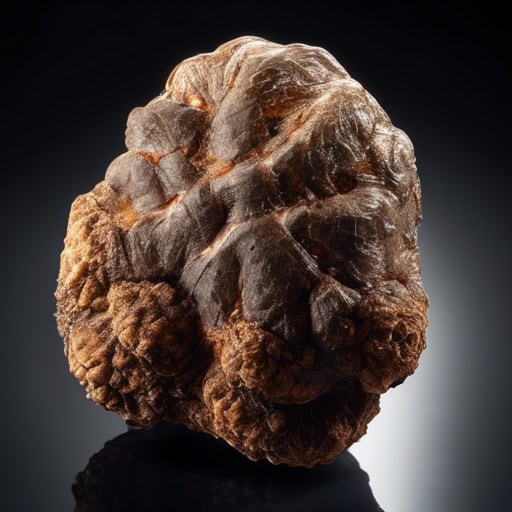
- The coprolite found in the excavation site revealed that the ancient animal primarily consumed plants and insects.
- Researchers were able to determine the diet of the prehistoric dinosaur by analyzing the coprolite samples.
- The coprolite discovered in the sediment layers helped scientists understand the ecosystem of the ancient environment.
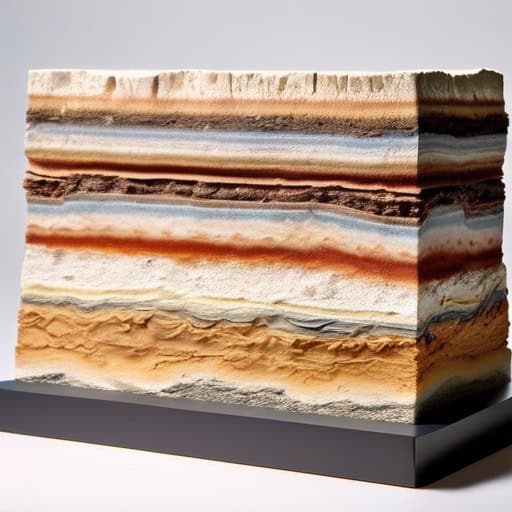
- Stratigraphy is an important tool in understanding the geological history of a region.
- Invertebrate Paleontologists use stratigraphy to help piece together the evolutionary timeline of ancient marine organisms.
- By examining the stratigraphy of a site, researchers can infer the environmental conditions in which fossils were preserved.

- The museum's new exhibit showcases a variety of invertebrate fossils.
- Invertebrate species make up the majority of marine life.
- Studying invertebrate evolution can provide valuable insights into the history of life on Earth.

- The echinoderm exhibit fascinating behaviors in their natural habitat.
- Many researchers study the unique anatomy of echinoderms to understand their evolutionary history.
- An echinoderm's ability to regenerate lost body parts is truly remarkable.
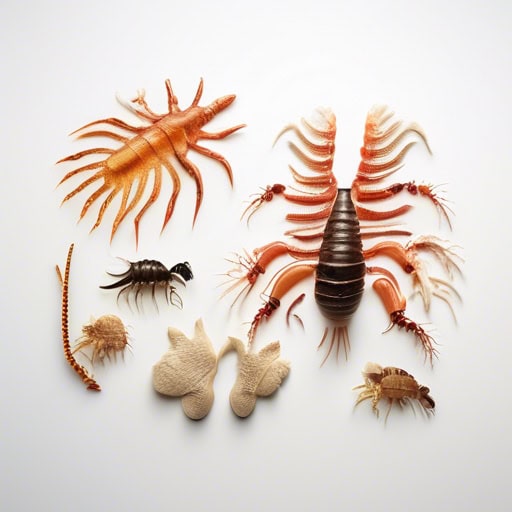
- In order to understand the evolution of plant communities, paleoecology researchers analyze fossilized pollen and plant remains.
- Paleoecology can provide valuable insights into the impact of climate change on past ecosystems.
- The field of paleoecology allows scientists to reconstruct ancient food webs and understand how species coexisted in past environments.

- Trilobites were among the earliest arthropods to appear in the fossil record.
- Paleontologists study fossils of trilobites to learn more about ancient marine ecosystems.
- The intricate details preserved in trilobite fossils provide valuable insights into their biology and evolution.
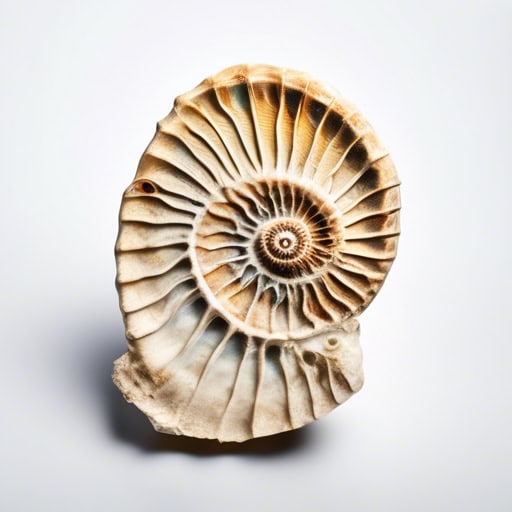
- Fossilization is a complex process that requires specific conditions to occur.
- The fossilization of invertebrates can provide valuable information about ancient ecosystems.
- The study of fossilization in invertebrate paleontology can help us better understand the history of life on Earth.
Paleobotany

- Paleobotany allows scientists to understand the environmental conditions of ancient ecosystems based on the types of plants present.
- The field of paleobotany helps researchers reconstruct past climates and landscapes by analyzing fossilized plant remains.
- Studying plant fossils through paleobotany can also shed light on the coevolution of plants and other organisms throughout history.

- Fossil plants are often used by scientists to study the evolution of plant species over time.
- These ancient remains can help researchers understand the environmental conditions that existed millions of years ago.
- Studying fossil plants can also give clues about the history of Earth's vegetation and how it has changed over time.

- Phytoliths can help researchers reconstruct ancient environments by providing clues about the types of plants that were present.
- By analyzing phytoliths found in archaeological sites, scientists can gain insights into the diets of past civilizations.
- The study of phytoliths has become an important tool in understanding the history of plant domestication and agricultural practices.
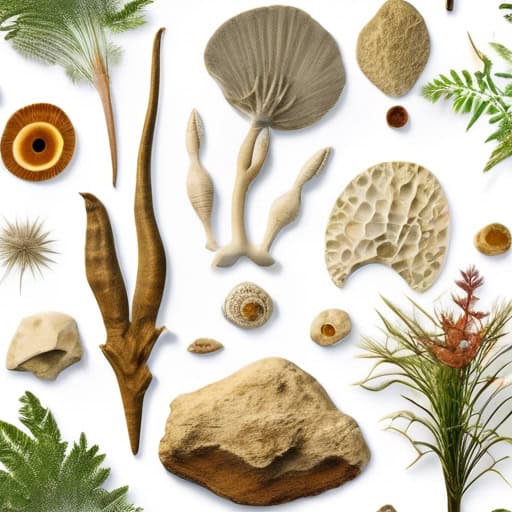
- The paleoecology of the region suggests that the ancient ecosystem was dominated by large herbivorous dinosaurs.
- Researchers use paleoecology to understand how environmental changes in the past may have influenced the evolution of different species.
- By studying the fossil record, paleoecologists can reconstruct ancient food webs and understand the dynamics of past ecosystems.
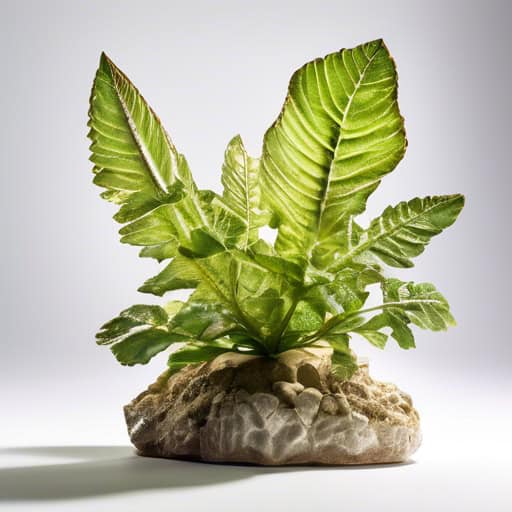
- Scientists study paleoclimate data to understand how Earth's climate has changed over millions of years.
- The study of paleoclimate helps researchers predict future climate trends and impacts.
- By analyzing paleoclimate records, scientists can gain insights into ancient ecosystems and environmental conditions.
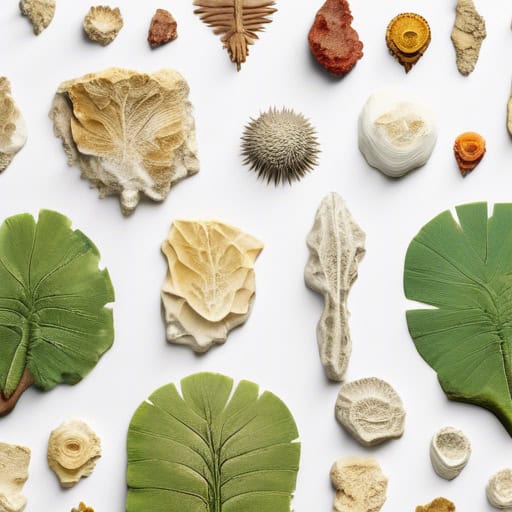
- The paleogeography of the area suggests that it was once covered by a shallow sea millions of years ago.
- Researchers use paleogeography to help reconstruct ancient environments and understand climate change over time.
- Paleogeography plays a crucial role in piecing together the history of our planet and the evolution of life on Earth.

- The study of paleoenvironments helps scientists understand how ancient organisms adapted to different climates and ecosystems.
- Fossils found in sedimentary rocks provide valuable information about past paleoenvironments.
- By reconstructing paleoenvironments, researchers can gain insights into the Earth's history and the impact of environmental changes on biodiversity.
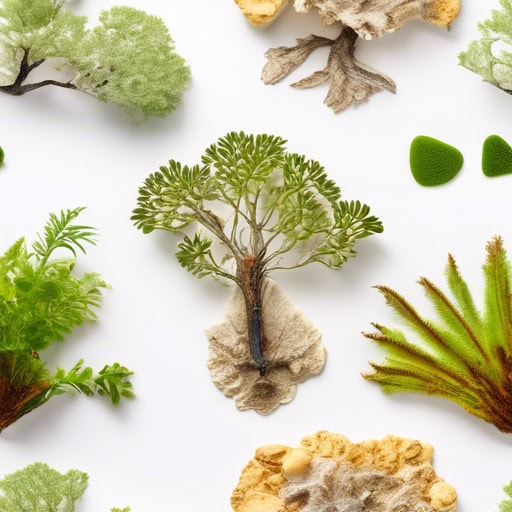
- Paleophytogeography helps researchers understand how plant species have evolved and adapted to changing environments over millions of years.
- By analyzing fossilized plant remains, paleophytogeography can provide insight into past climates and land formations.
- The field of paleophytogeography plays a crucial role in reconstructing ancient ecosystems and understanding the history of plant life on Earth.
Micropaleontology

- Microfossils are often used by scientists to understand past climates and environments.
- The study of microfossils can provide valuable information about the evolution of life on Earth.
- Microfossils can be found in a variety of sedimentary rocks, helping researchers piece together the history of our planet.

- Biostratigraphy can be used to date rock layers by comparing the fossil content.
- Paleontologists rely on biostratigraphy to identify the age of ancient sedimentary deposits.
- Biostratigraphy provides valuable information for understanding the history of life on Earth.

- Palynology is a branch of science that focuses on the study of ancient pollen grains to understand past climates and environments.
- Palynology can also be used to track the migration patterns of plants and animals throughout history.
- By analyzing the distribution and abundance of pollen grains in different layers of sediment, palynologists can reconstruct past ecosystems with remarkable accuracy.

- Diatoms are an important component of planktonic communities in oceans and freshwater bodies.
- The intricate silica shells of diatoms make them valuable tools for studying ancient environments.
- Researchers use diatoms to investigate past climate changes and human impacts on aquatic ecosystems.

- Ostracods are often used by scientists for dating and correlating sedimentary rocks due to their rapid evolution and abundance in the fossil record.
- The study of Ostracods can provide valuable information about past environmental conditions and the history of Earth's ecosystems.
- Paleontologists frequently rely on the presence of Ostracods in sedimentary layers to help determine the age of rock formations.

- Foraminifera are important indicators of past environmental conditions due to their sensitivity to changes in water temperature and salinity.
- The study of Foraminifera can provide valuable information about past climate patterns and ocean conditions.
- Researchers use Foraminifera fossils to reconstruct ancient environments and understand how they have changed over time.

- The study of Radiolaria in sedimentary rocks can provide valuable insights into past environments and climate conditions.
- The intricate mineral skeletons of Radiolaria are often preserved in fine-grained sediments such as chert.
- Micropaleontologists use Radiolaria as index fossils to help establish the age of rock layers and determine the timing of geological events.
Paleoecology

- Pollen analysis is a valuable tool for understanding the vegetation and climate of ancient landscapes.
- Researchers use pollen analysis to track the changes in plant communities over time.
- By studying pollen grains, scientists can piece together a detailed picture of past ecosystems.

- Isotope analysis can provide valuable insights into the diet and migration patterns of ancient organisms.
- Researchers use isotope analysis to reconstruct past climates and environments.
- Isotope analysis is a powerful tool in paleoecology for understanding ecological relationships and dynamics.
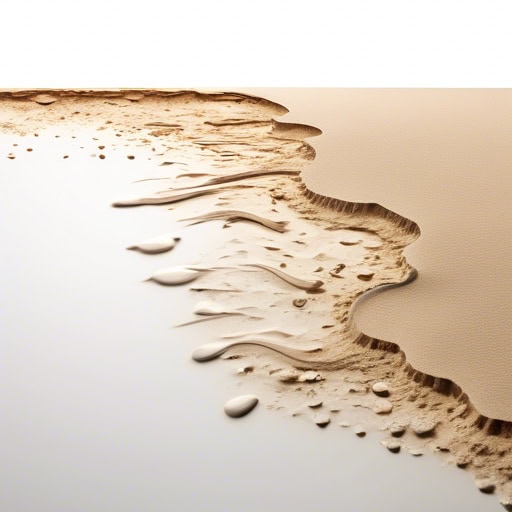
- The sediment at the bottom of the lake was a mixture of sand, silt, and decaying leaves.
- After heavy rain, the river carried a large amount of sediment downstream, causing the water to appear murky.
- Scientists study sediment cores to learn about past environmental conditions and climate changes.
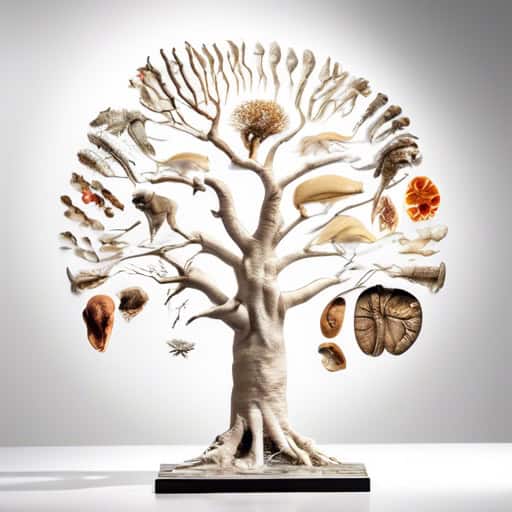
- The study of Evolution in paleoecology helps scientists understand how species have adapted and evolved over millions of years.
- Charles Darwin's theory of Evolution revolutionized the way we understand the diversity of life on Earth.
- The process of Evolution is driven by natural selection, where only the fittest individuals survive and reproduce.

- The ecosystem of the Jurassic period was vastly different from the ecosystems we see today due to the presence of dinosaurs and other prehistoric creatures.
- Scientists study ancient ecosystems to better understand how the environment has evolved over millions of years.
- Changes in temperature and precipitation can have a significant impact on the delicate balance of an ecosystem.

- The study of paleoclimate helps scientists understand how natural factors and human activities have influenced climate change over time.
- By analyzing paleoclimate data, researchers can make predictions about future climate patterns and potential environmental impacts.
- Fossil records and sediment cores are used to reconstruct paleoclimate conditions and track changes in temperature, precipitation, and atmospheric composition.
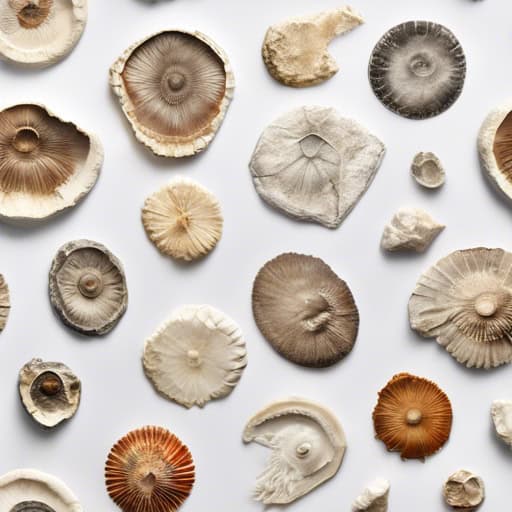
- The fossil record provides scientists with valuable information about the evolution and history of life on Earth.
- Paleontologists study the fossil record to understand how species have changed over millions of years.
- The fossil record allows us to piece together the story of life on our planet and how it has evolved over time.
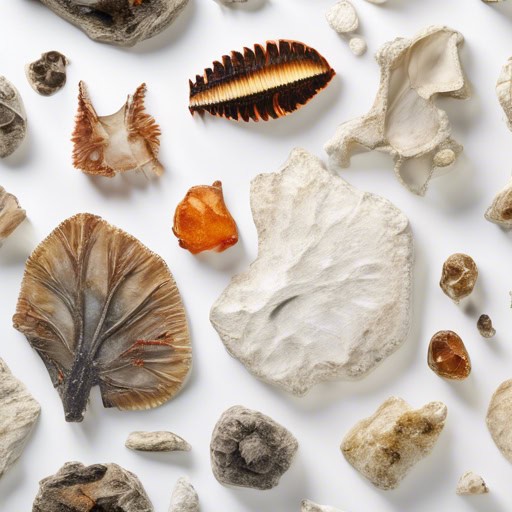
- Paleoecology helps researchers understand how climate change has impacted ecosystems in the past.
- Studying fossilized plants and animals is crucial in reconstructing ancient environments in Paleoecology.
- The field of Paleoecology provides valuable insights into the interactions between species and their environment throughout Earth's history.
Taphonomy

- The rate of decomposition can vary depending on environmental conditions such as temperature and humidity.
- In forensic science, the study of decomposition plays a crucial role in estimating the time since death.
- Microorganisms are often involved in the decomposition process, breaking down organic matter into nutrients for the soil.
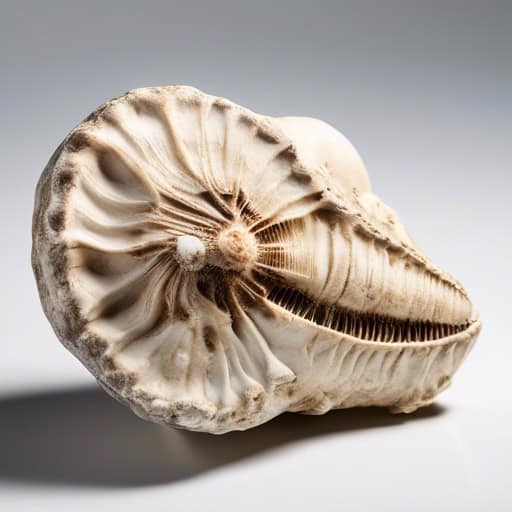
- Fossilization can occur when the remains of plants or animals are buried quickly in sedimentary rock.
- The fossilization process can take thousands or even millions of years to complete.
- Paleontologists study the fossilization process to learn more about ancient life forms.

- During diagenesis, the minerals in the fossil can be altered, causing it to become more stable over time.
- Diagenesis can also result in the loss of original organic material, such as proteins or fats, from the fossil.
- The process of diagenesis can be influenced by factors such as temperature, pressure, and the presence of fluids in the surrounding environment.

- The taphonomic analysis revealed that the bones had been disturbed by scavengers before burial.
- The taphonomic study suggested that the fossils had undergone significant weathering before being discovered.
- The taphonomic research indicated that the preservation of the specimen was exceptional due to the rapid burial in sediment.

- The preservation of ancient artifacts in museums is crucial for studying and understanding past cultures.
- Efforts towards environmental preservation are becoming increasingly important in the face of climate change.
- Preservation of historic buildings and landmarks is essential for maintaining a connection to our cultural heritage.

- The taphonomist carefully examined the bone fragments found at the excavation site to determine the cause of death.
- As a taphonomist, she was fascinated by the intricate processes that lead to the preservation of ancient organisms.
- The taphonomist's research shed light on how environmental factors can influence the fossilization of plant remains.

- The study of taphonomic processes can help scientists understand how ancient animals lived and died.
- Taphonomic processes play a crucial role in determining the preservation of fossils over millions of years.
- By examining taphonomic processes, researchers can piece together the puzzle of ancient ecosystems and environments.

- The burial environment plays a crucial role in determining the quality of preservation of fossils.
- Changes in the burial environment can lead to degradation or alteration of the remains.
- Scientists study the burial environment to better understand how fossils are formed and preserved over time.
Quick Facts
- Paleontology is the study of prehistoric life, including fossils of plants, animals, and other organisms that lived millions of years ago.
- The first dinosaur fossil was discovered in 1824 by Mary Ann Mantell, which sparked an interest in studying prehistoric life.
- The most famous dinosaur fossil found to date is the Tyrannosaurus Rex, or T-Rex, which lived during the late Cretaceous period.
- Paleontologists use a variety of tools, such as brushes, chisels, and even dental picks, to carefully uncover and study fossils without damaging them.
- Fossils can provide valuable information about Earth’s history, including climate change, evolution, and extinction events that have occurred over millions of years.
